Maurice Caro: WWI hero
By John Barnett
Presented as an Anzac Day speech 2023 by John Barnett
Some thoughts on Maurice Caro
Earlier this year I went to see the powerful film remake of “All Quiet on the Western Front,” based on the 1928 German novel of the same name. Who would have thought a subtitled German anti-war film with no big-name stars and a “blink and you miss it” theatrical release would dominate this year’s BAFTA awards? Or be nominated for nine Oscars, including best motion picture?
The German Culture Minister, Claudia Roth, referring to the brutal ongoing conflict in the Ukraine, hailed the movie as "unfortunately the right film at the right time," observing that "It tackles the horrors of a war in the heart of Europe in a harrowing way... with unflinching images no one will easily forget."
Set during the First World War I, All Quiet on the Western Front follows the life of an idealistic young German soldier, Paul Baumer. After enthusiastically enlisting in the German Army with a group of school friends, Paul quickly finds himself exposed to the grim realities of war, including the unspeakable horrors of trench warfare on the Western Front.
Paul Baumer is a fictional character. Not so, Maurice Caro, a member of our congregation who experienced first-hand the brutal reality of life and death on the Western Front, where he was killed in action in 1916, at the age of 34.
Maurice’s name is the first name listed on the bronze Honour Roll plaque commemorating those from our community who served in the First World War. Initially commissioned by the Chevra and installed in the Princes Ave Synagogue, we brought that plaque with us when we moved to Greys Ave. Soon, we hope to relocate it once more, to our new Remuera site. Along with other historic and commemorative plaques, it represents a treasured part of our history as a Jewish community.
Unfortunately, with the relentless passage of time, emigration, and assimilation, our collective memory starts to fade. Some of the surnames of those listed on the Honour Roll are well known to us still, and their descendants remain part of our community. The stories of others, however, have become lost in the mists of time. Today I would like to reclaim the story of one of those men, Maurice Caro. His is the very first name listed on the Honour Roll.
‘THE ROLL OF HONOUR’. PRESS, VOLUME LII, ISSUE 15668, 14 AUGUST 1916, PAGE 8
Like the fictional Paul Baumer, Maurice voluntarily enlisted for service and was promptly sent to the Western Front. He was killed in action on 2 July 1916, the second day of the Battle of the Somme. More than three million men fought in that battle, of whom one million were either wounded or killed, making it one of the deadliest battles in all of human history. But who was Maurice Caro? And how did he end up fighting on the other side of the world as a volunteer with a British Army regiment?
Maurice was the eldest son of Rose and Lewis Caro, who later in life lived on Grafton Rd. They are buried in the Waikumete cemetery.
Growing up, Maurice lived in Christchurch where his father was a wine and spirits merchant. The family, which included 10 children, were members of the Canterbury Hebrew Congregation. They were no doubt active members of that community, as Lewis Caro’s father was a rabbi. Indeed, he came from a long and very illustrious line of rabbis dating back to at least the sixteenth century. Young Maurice attended Hebrew School on Sundays, winning several prizes for his Hebrew reading skills. When he grew older, he was educated at Christchurch Boys High School.
Following High School, Maurice and his family moved to Auckland, where they joined the Auckland Hebrew Congregation. Following the death of his father in 1902, Maurice (then aged about 20) became the man of the household. He continued to live with his mother and other members of his family for the rest of his life in New Zealand. To help provide for the family he set up an importing business with three of his brothers named (you guessed it) Caro Bros.
Maurice was a popular and well-known figure in Auckland. He was an excellent athlete and excelled at both tennis and rowing.
On 28 February 1914, the Auckland Star reported Maurice’s imminent departure overseas on a vessel bound for Sydney, where he was to transfer to a second ship bound for China and Japan. The trip was likely associated with Caro Bros importing business.
GETTING READY TO DEFEND THEIR LAURELS.—Members of the Eden-Epsom Tennis Club at their opening day on Saturday. Last year they won the Caro Bowl, a trophy for A grade club competition.
AUCKLAND STAR, VOLUME LX, ISSUE 263, 6 NOVEMBER 1929, PAGE 10
Several months later, on 16 June 1914, he arrived in London, having travelled via Manila, Japan, Siberia, Russia, Austria, Germany and Paris. He planned to leave for New York on July 17th, en route for home, via Vancouver. Sadly, Maurice never made the return journey. The First World War broke out in July 1914 and Maurice decided to stay on in England and volunteer for the war effort.
Maurice joined the Artists Rifles, a regiment of the Army Reserve, where he studied to become a commissioned officer. After waiting for some time for his lieutenant’s commission to come through, Maurice decided he could wait no longer, and volunteered for active service as a private with the 13th London Regiment. As I’ve already mentioned, he was promptly despatched to the Western Front, where he was killed in the Battle of the Somme. His family received a telegram from the British War office on 2 August 1916 advising of his death. Understandably distraught, they enlisted the help of the NZ government to try and find out details of how he had died, and where he was buried, to no avail.
After the war, the Caro family donated a memorial trophy to the Auckland Rowing Club, as well as the Auckland Lawn Tennis Association in honour of Maurice. The “Caro Bowl” was first held in 1919. It remains Auckland’s top inter-club competition and is also one of New Zealand’s longest running sporting competitions. The website of the Lawn Tennis Association notes that “every top player and many other fine players from around New Zealand have played in the Caro Bowl competition at some point in their tennis careers”.
Maurice Caro has no known grave. Our community’s memorial plaque is therefore particularly meaningful and important. Over the years we have probably all walked past it many times without giving it a second glance. But when it is relocated here to our new site, which I hope will be soon, I urge you all to take the opportunity to stop and look at it, to really look at it, and to reflect on the tremendous courage and sacrifice of all of those listed there, including Maurice Caro.







